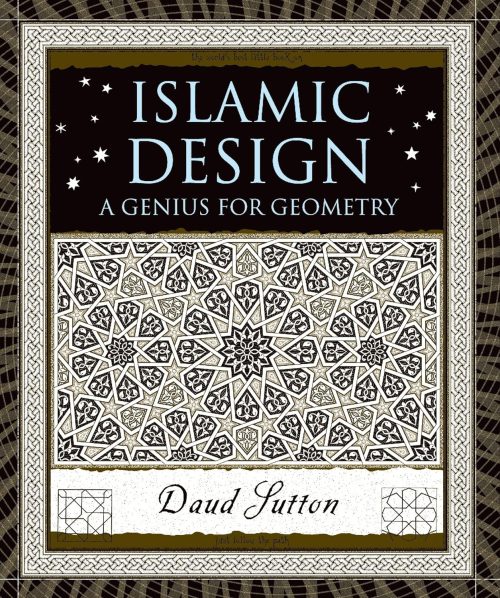In “Islamic Geometric Patterns: Their Historical Development and Traditional Methods of Construction,” author Jay Bonner takes the reader on a profound journey into the heart of Islamic art and architecture, focusing on the intricate world of geometric patterns.
At the core of Bonner’s work is the detailed exploration of the polygonal technique, a foundational method in creating these ornamental designs. Through meticulous study, he resurrects this nearly lost art form, offering rich historical evidence of its use and shedding light on a vital aspect of Islamic ornamentation.
Islamic Geometric Patterns does not merely catalogue patterns but delves deep into the development of these intricate designs over time. Bonner examines their significance amid the broader spectrum of Islamic arts, discussing the intertwined relationship of geometry with Islamic calligraphy, floral motifs, and domed decorative elements.
With over 600 captivating color images, Bonner’s scholarly endeavor is both an intellectual treat and a feast for the eyes. The visuals work hand-in-glove with the text to illustrate the complex beauty of Islamic geometric patterns and the sophisticated understanding required to create them. The book achieves a rare balance—it is both aesthetically pleasing and inherently educational.
As an architectural ornamentalist, scholar of Islamic design, and a veteran contributor to significant architectural endeavors in the Islamic world, Bonner’s authority on the subject is clear. With a comprehensive background that mixes practice and theory, he provides insights that only a few can offer.
His commitment to the teaching and preservation of traditional methods is palpable throughout the book. For practitioners and enthusiasts alike, Bonner’s work is a thoughtful guide intended to inspire and educate the next generation of artists and designers in the realm of Islamic ornamentation.
Islamic Geometric Patterns is not merely a visual directory; it is an expansive resource for students and scholars of mathematics, Islamic art, and architecture. It also serves as an invaluable reference for artists, designers, and architects keen on integrating historical and cultural accuracy into their modern works.
“Islamic Geometric Patterns” stands out as an exemplary model of how passion, scholarship, and the desire to preserve cultural heritage can come together in an engaging format. Bonner has crafted a work that is as informative as it is inspiring, ensuring that an ancient art form receives the attention and continuation it rightfully deserves.
In conclusion, this book is an exceptional addition to the fields it touches upon, offering a bridge between the past and present, between academic study and practical application. For anyone interested in the intricate beauty of Islamic geometric art or the complex interplay between culture and design, Jay Bonner’s work is a must-read.










